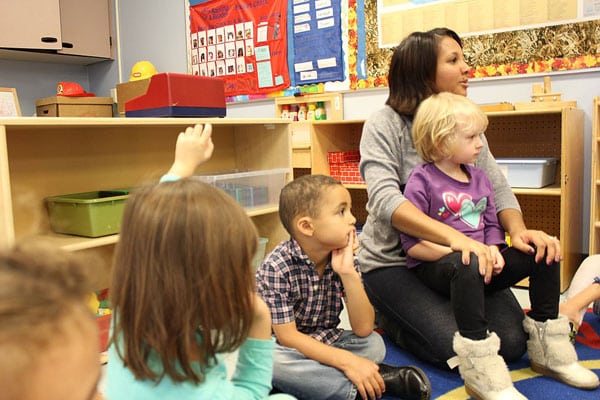
May 28, 2018; WPIX-11 (New York, NY)
While unfortunately it’s not breaking news to report on yet another underfunded program for persons with disabilities, New York State is truly heading toward disaster.
Pre-kindergarten programs in New York are technically available to all students in the state, with a handful of private programs serving specifically students with disabilities. With these private nonprofit programs receiving grossly inadequate funding, and the public-school system relying on these programs to take on an additional 726 students this July, the state has yet to determine where these children will go come fall. What is perhaps even more concerning is the fact that New York is ranked third in the nation for early childhood intervention programming. This raises a question: If the situation is this dire in New York, what is it like in other states?
Nonprofit preschool special education programs rely on reimbursements to pay school staff, which includes teachers but also may include occupational therapists, physical therapists, speech therapists, audiologists, and more. The team ensures that children with disabilities gain appropriate social, emotional, physical, and cognitive development for their abilities and age group. Importantly, studies show that growth at this developmental stage is critical for scholastic success down the road. Skipping these formative years of instruction would put any students behind the curve; for students with disabilities, this is even more the case. As neuroplasticity is at its highest during these early years, potential development delay is lessened, with the result of lowering the cost of education once students enter the public-school system in kindergarten.
Sign up for our free newsletters
Subscribe to NPQ's newsletters to have our top stories delivered directly to your inbox.
By signing up, you agree to our privacy policy and terms of use, and to receive messages from NPQ and our partners.
Given this information, it would seem that states would invest heavily in early education to lessen the economic burden down the road. Some states—for instance, Texas—have cut funding to other services for persons with disabilities but kept funding for early intervention, knowing the value these programs offer. In several other states, however, reimbursement rates have not changed with the times. Ed Matthews, CEO of Adapt Community Network in New York, says, “The reimbursement rates haven’t changed significantly in 10 years. Most of our programs are struggling to keep teachers. They don’t have the money to recruit and retain them.”
In the report “Valuing Early Childhood Developmental Services,” Pete Nabozny, Director of Policy for The Children’s Agenda, indicates that “Reimbursement rates for Early Intervention services have declined substantially since the mid-1990s and do not cover the cost of providing those services to young children.” Importantly, the report indicates that reimbursement rates are less than the cost of services and should be increased by up to 41 percent—and that is just in Monroe County, New York, not New York City.
Meanwhile, with 726 students with disabilities needing placement just this year, how New York will place more students as time goes on remains to be seen. What is certain, however, is the need for more funding for these nonprofit programs offering preschool programs for children with disabilities.—Sheela Nimishakavi











